When looking for exoplanets, astronomers are most interested in those planets whose surfaces are covered in liquid water, because these planets must be orbiting in the habitable zone and receiving no more or no less stellar energy. And water is considered to be the source of life, so exoplanets with water may have alien life.

On Earth, the first life is thought to have evolved in the ocean. In living organisms, biochemical reactions are constantly going on, and these processes require the participation of water, so life is inseparable from water. While extreme creatures like tardigrades can dormant in waterless environments, they still need water to recover.
Life can survive without oxygen, such as anaerobic microorganisms, but not without water. In addition to participating in biochemical reactions, water also stabilizes the temperature of living organisms. Since the earth is the only planet known to human beings that has life, we have no way of knowing other life forms, so when looking for extraterrestrial life, astronomers give priority to those planets with water.

Water is not unique to the earth. Many celestial bodies in the solar system have water. For example, there is water ice in the permanently shadowed area of the moon, and comets also contain water ice, but these waters are solid, and we prefer to find liquid water. .
In addition to the earth, there are also many planets in the solar system that have a large amount of liquid water, but they are not on planets, but on some satellites of Jupiter and Saturn, such as Ganymede, Callisto, and Titan. Contains more liquid water than Earth.
Ganymede has a diameter of about 5,268 kilometers, which is two-fifths the size of Earth. Although it is smaller than Earth, its water reserves are estimated to be 26.5 times that of Earth. However, Ganymede’s surface is bare and has no atmosphere, with an average surface temperature of only -163°C and no liquid water. In fact, just like other moons, Ganymede’s liquid water is below the surface, reaching depths of hundreds of kilometers.

In the solar system, except for the earth, the surfaces of other planets are not covered by a large amount of liquid water, and we can only go outside the solar system to find planets with a truly earth-like environment. This time, the newly discovered TOI-1452 b is a water world.
In this new study, using NASA’s Transiting Exoplanet Survey Satellite (TESS), astronomers at the University of Montreal have discovered an alien world, TOI-1452 b, with a surface filled with liquid water. It is located in the direction of the constellation Draco in the northern sky, only 100 light-years away from the earth, which is considered as the nearest neighbor of the earth.
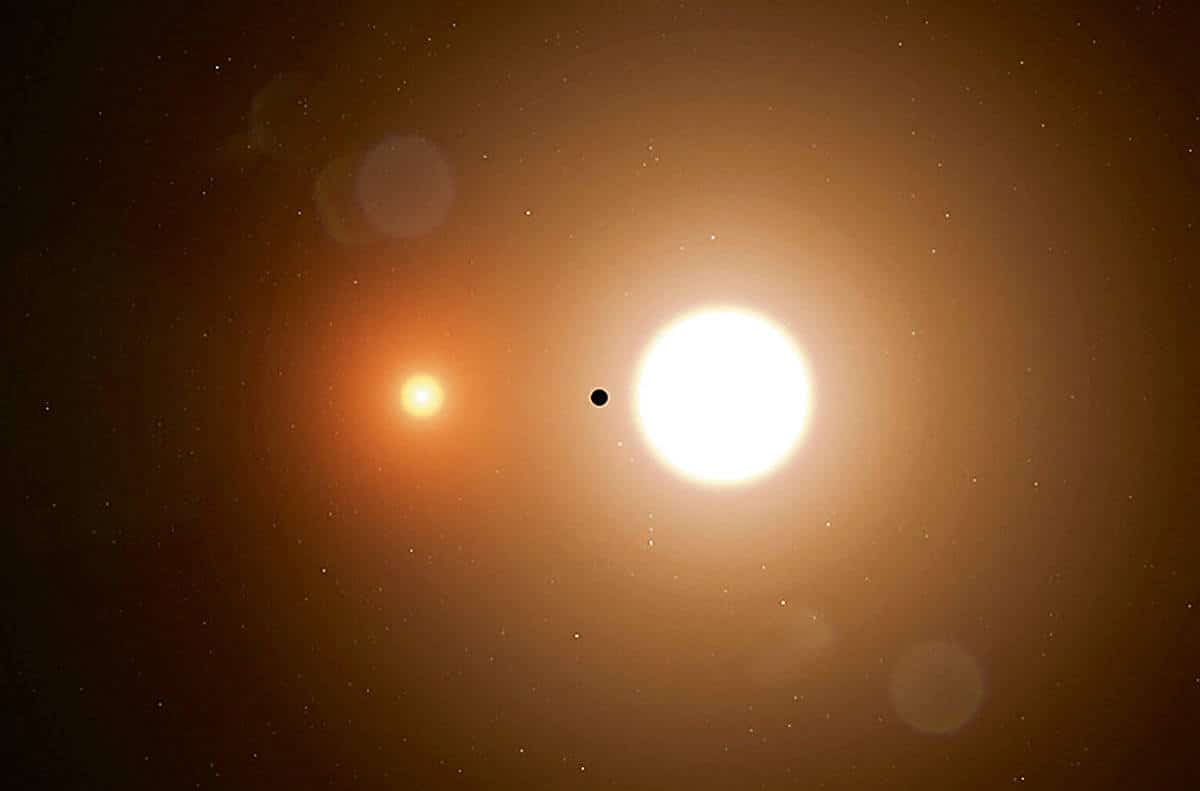
The planet belongs to a binary star system, TOI-1452 and TIC 420112587, two red dwarfs, smaller and dimmer than the sun, separated by about 14.5 billion kilometers, or 2.5 times the distance between Pluto and the sun.
TOI-1452 b orbits the red dwarf star TOI-1452. The mass of TOI-1452 is estimated to be only a quarter of that of the sun. The lower the mass of the star, the slower the nuclear fusion reaction rate, and therefore the colder it will be. The star’s surface temperature is estimated to be about 2,900°C, 2,600°C cooler than the sun’s surface.

TOI-1452 b is only 9.12 million kilometers away from the main star, and it only takes 11 days to revolve around the main star, that is, only 11 days in a year. Although TOI-1452 b is very close to the host star, the host star is very cold, so this distance happens to be in the habitable zone, which makes TOI-1452 b a likely habitable planet.
Analysis shows that TOI-1452 b is a super-Earth, estimated to be 4.8 times the mass of Earth and 70% larger than Earth. Astronomers estimate that the planet is an “ocean planet” that holds 30 percent of the planet’s mass in water, compared with just 1 percent of Earth’s water.
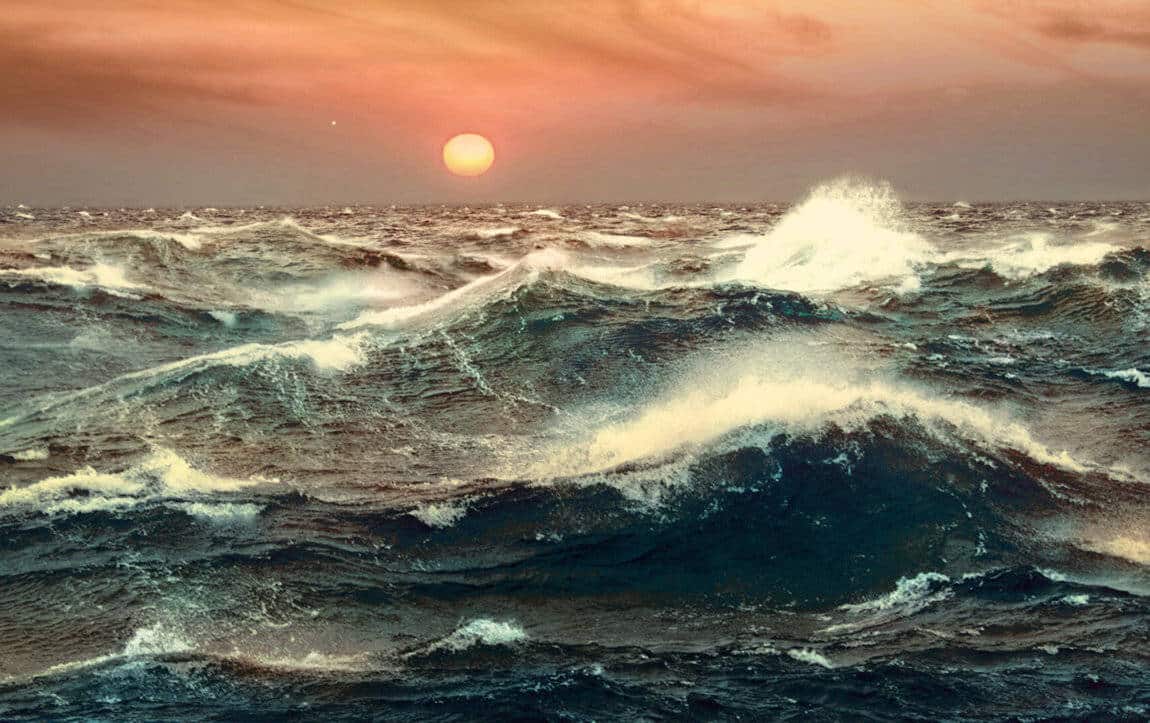
Now that TOI-1452 b has so much water, it is possible that life similar to Earth could evolve there. In the near future, the exoplanet’s atmosphere could be further studied for signs of life with the powerful James Webb Space Telescope (JWST).
If life really exists in TOI-1452 b, humans may be able to visit this planet in the future. Of course, a distance of 100 light-years is extremely far for modern humans, which is equivalent to 946 trillion kilometers. It would take up to 300,000 years to fly to the planet at a speed of 100 km/s. Even if it could reach half the speed of light, it would still take 200 years.
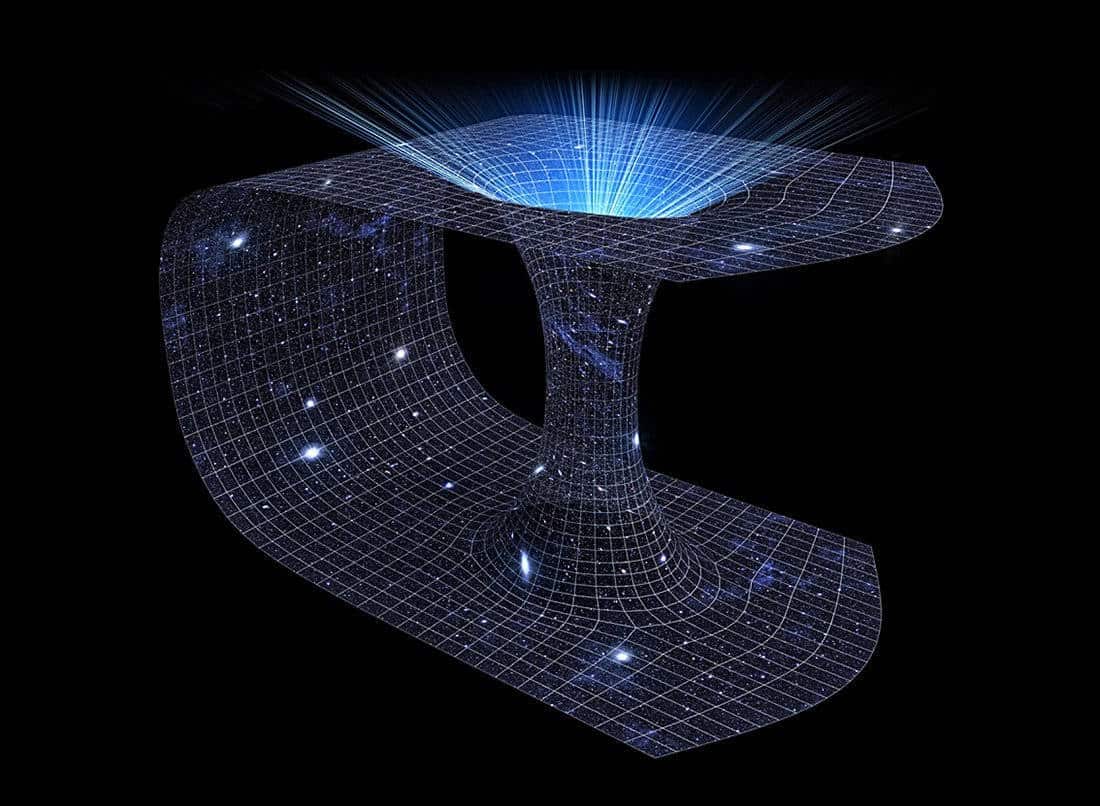
The best way to get to TOI-1452 b for a limited time is undoubtedly through a wormhole. By opening the space-time channel through negative-mass matter, you can travel from one end of the universe to the other, and you can reach the distant universe at once. However, wormholes are still in the theoretical stage, and we may not have the ability to travel to this alien world in the foreseeable future.

On the contrary, we have to worry that if alien intelligent civilizations already exist on this planet, they have also discovered the earth and human beings, and can come to the earth, then their technological level will far exceed human civilization, and the result may not be good. matter.
references
[1] Charles Cadieux1, René Doyon, Mykhaylo Plotnykov, et al. TOI-1452 b: SPIRou and TESS Reveal a Super-Earth in a Temperate Orbit Transiting an M4 Dwarf, The Astrophysical Journal, 2022, DOI: 10.3847/1538-3881 /ac7cea

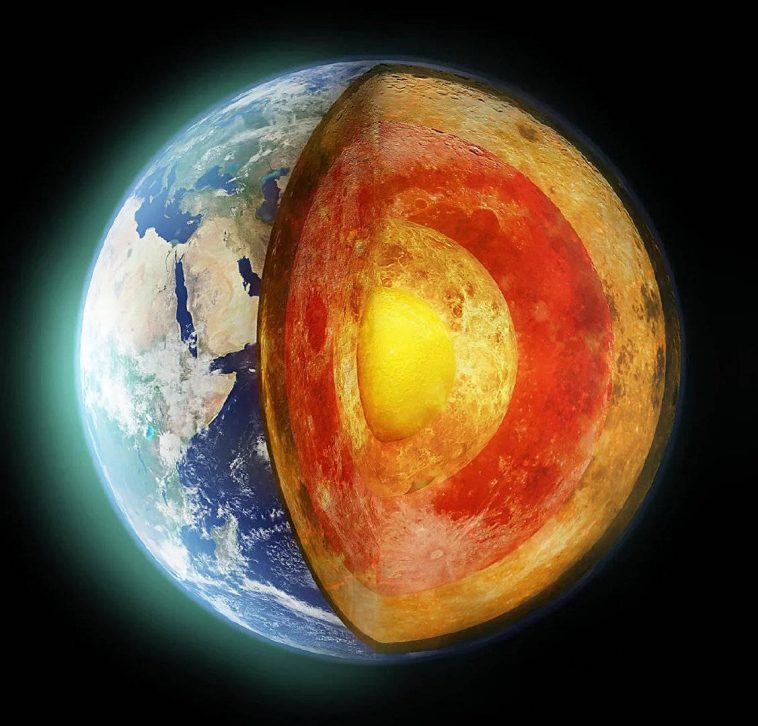
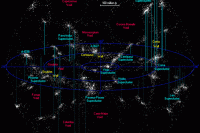
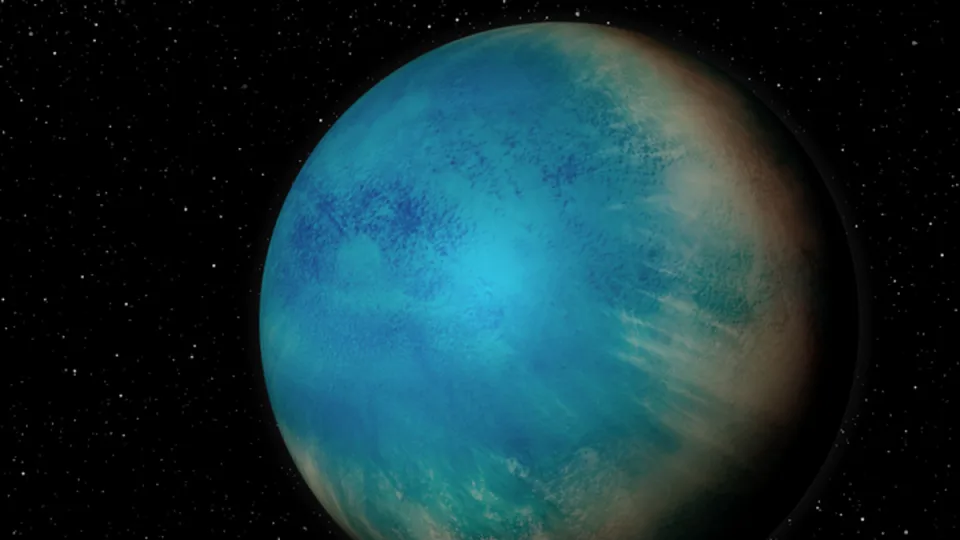
GIPHY App Key not set. Please check settings